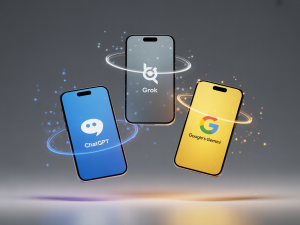 As an avid enthusiast of artificial intelligence and author, I’ve watched with excitement as AI has evolved from a futuristic concept into an integral part of our daily routines. In 2025, AI isn’t just powering sci-fi gadgets—it’s enhancing how we live, work, and play, making life more efficient, personalized, and downright magical. From waking up to a smart home that anticipates your needs to navigating traffic with predictive algorithms, AI is quietly revolutionizing the mundane. Let’s dive into some of the most thrilling ways AI is woven into the fabric of everyday life.
As an avid enthusiast of artificial intelligence and author, I’ve watched with excitement as AI has evolved from a futuristic concept into an integral part of our daily routines. In 2025, AI isn’t just powering sci-fi gadgets—it’s enhancing how we live, work, and play, making life more efficient, personalized, and downright magical. From waking up to a smart home that anticipates your needs to navigating traffic with predictive algorithms, AI is quietly revolutionizing the mundane. Let’s dive into some of the most thrilling ways AI is woven into the fabric of everyday life.
AI at Home
Our homes have become smarter than ever, thanks to AI’s ability to learn from our habits and automate the ordinary.
Smart Devices That Learn
AI-powered thermostats, like those from Nest, analyze your temperature preferences and daily schedules to optimize energy use, potentially cutting costs by significant margins. Security cameras distinguish between familiar faces, pets, and potential intruders, sending real-time alerts to your phone. Even refrigerators can suggest recipes based on what’s inside, reducing food waste and sparking culinary creativity. These devices make home management effortless and eco-friendly.
cutting costs by significant margins. Security cameras distinguish between familiar faces, pets, and potential intruders, sending real-time alerts to your phone. Even refrigerators can suggest recipes based on what’s inside, reducing food waste and sparking culinary creativity. These devices make home management effortless and eco-friendly.
Digital Assistants in Daily Lives
Virtual assistants such as Siri, Alexa, and Google Assistant have become indispensable companions. They set reminders, control lights, play music, and even order groceries via voice commands. Their natural language processing allows for personalized interactions, like recommending a playlist based on your mood. As an AI fan, I love how these tools free up mental space for more creative pursuits.
AI in Transportation
Getting from point A to B has never been smoother or safer, with AI at the wheel—literally and figuratively.
Self-Driving Cars
Autonomous vehicles from companies like Tesla and Waymo use AI to navigate roads, predict pedestrian behavior, and adapt to weather conditions. This not only reduces accidents but also lets passengers reclaim commute time for work or relaxation. Imagine reading a book while your car handles the drive—it’s the future I’ve always dreamed of!
Real-Time Traffic Management
AI systems process data from sensors and cameras to optimize traffic lights and reroute vehicles during congestion, slashing commute times by up to 25%. Apps like Waze use this tech to provide predictive routing, making urban travel less stressful and more efficient.
AI in Healthcare
One of the most inspiring areas for me as an AI enthusiast is healthcare, where AI is saving lives and improving well-being.
Diagnostics and Disease Prevention
AI analyzes medical images and genetic data to detect diseases like cancer earlier than ever, with tools achieving high accuracy in predictions. Apps like SkinVision use generative AI for skin cancer detection, empowering users to monitor their health proactively.
Personalized Medicine and Mental Health
AI tailors treatments based on individual data, accelerating drug discovery and monitoring health trends. For mental health, apps like Woebot offer personalized coping strategies for anxiety and depression, providing accessible support anytime. It’s heartening to see AI making healthcare more inclusive and preventive.
AI in Education
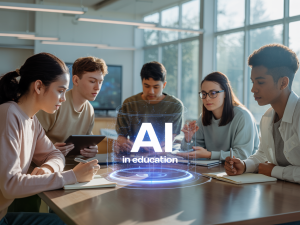 AI is democratizing learning, adapting to each student’s pace and style for a more engaging experience.
AI is democratizing learning, adapting to each student’s pace and style for a more engaging experience.
Personalized learning platforms like Khan Academy or Duolingo use AI to track progress and customize lessons, making education fun and effective. Generative AI tools create training materials, such as videos with AI avatars, or even simulate conversations with historical figures via apps like Hello History. As someone passionate about AI, I believe this is unlocking potential in learners worldwide.
AI in Entertainment and Media
Entertainment has gotten a creative boost from AI, blending human ingenuity with machine efficiency.
AI generates content like music, art, and videos—tools like DALL-E turn text prompts into stunning images, while Midjourney aids in artistic creation. Platforms curb fake news by detecting disinformation with up to 95% accuracy, ensuring trustworthy media. Personalized quizzes and recommendations, like on BuzzFeed, keep us engaged and entertained.
AI in Work and Productivity
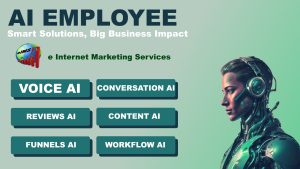 At work, AI is a game-changer, automating routine tasks and amplifying human capabilities.
At work, AI is a game-changer, automating routine tasks and amplifying human capabilities.
Chatbots handle customer service 24/7, reducing wait times and boosting satisfaction. Tools like E-Internet Marketing Services’ Ai Employee generate content or presentations, optimizes workflows and much more. In e-commerce, personalized recommendations increase sales by up to 30%. It’s exhilarating to think how AI is freeing us to focus on innovation.
AI on Smartphones
Smartphones have become the ultimate AI powerhouse, carrying these transformative technologies right in our pockets. In 2025, over 58% of new smartphones are generative AI-capable, turning devices into intelligent companions that predict needs, enhance interactions, and boost efficiency. As an AI enthusiast, I’m thrilled by how these pocket-sized marvels integrate AI seamlessly into our daily touchpoints—from communication to creativity.
new smartphones are generative AI-capable, turning devices into intelligent companions that predict needs, enhance interactions, and boost efficiency. As an AI enthusiast, I’m thrilled by how these pocket-sized marvels integrate AI seamlessly into our daily touchpoints—from communication to creativity.
Advanced Camera and Photography Features
AI elevates smartphone photography to professional levels with real-time scene recognition, automatically adjusting settings for landscapes, portraits, or low-light conditions to capture stunning shots. Features like Night Sight on Google Pixel phones use AI to produce clear, vibrant images in the dark without flash, while Samsung’s Galaxy AI includes Photo Assist for effortless editing, such as removing unwanted objects or enhancing details. Apple’s iPhone 16 Pro Max takes it further with “Scene Synthesis,” where AI adjusts lighting, colors, and textures on the fly for ultra-realistic photos—even detecting and sharpening pets mid-jump. Pet detection and generative editing tools make capturing life’s moments magical and effortless.
Intelligent Voice Assistants and Personalization
Gone are the days of basic voice commands; 2025’s AI assistants, like an evolved Siri with Neural Engine 4.0 on iPhones or Google’s Gemini on Pixels, anticipate your needs by analyzing habits—suggesting replies, summarizing notifications via “Now Brief,” or providing contextual responses. Samsung’s Galaxy AI adds proactive features like health monitoring through AI-driven insights from wearables. These assistants personalize everything from app recommendations to battery optimization, learning your behavior to extend life and predict actions, making your phone feel intuitively yours.
Real-Time Translation and Communication Tools
Breaking language barriers is effortless with AI-powered live translation. Samsung’s Live Translate handles calls and in-person chats in 13+ languages, while Google’s Pixel offers real-time voice translation for conversations. Apple’s smart contextual responses extend to multilingual support, ensuring seamless global communication—perfect for travelers or multicultural teams. These features, powered by on-device generative AI, deliver speedy, accurate interpretations without cloud dependency.
Productivity and Health Enhancements
AI streamlines work with tools like Note Assist for transcribing and summarizing meetings, or Circle to Search for instant visual lookups. On the health front, AI Fitness Coaches on iPhones analyze motion in real-time for personalized workouts, while Samsung’s Health AI tracks trends for proactive wellness alerts. Generative AI even creates content, like custom images or text, directly on-device for faster, private productivity. With chips like Snapdragon 8 Elite or Tensor G4 enabling local processing, these features prioritize privacy and speed, transforming smartphones into essential daily allies.
The Future of AI in Daily Life
Looking ahead, AI’s integration will only deepen—with advancements in sustainability, like optimizing energy use, and cybersecurity, protecting our digital lives. Generative AI in agriculture, for crop management, and construction, for design, promises a more efficient world. As an enthusiast, I’m optimistic: AI isn’t replacing us; it’s empowering us to achieve more.
In conclusion, AI in 2025 is not just technology—it’s a partner in progress, making everyday life smarter, safer, and more enjoyable. The possibilities are endless, and I can’t wait to see what’s next!
Sources
- https://www.balto.ai/blog/how-ai-already-impacts-our-lives-in-unforeseen-ways/ – Examples of AI in Everyday Life: The Unforeseen Impact on Society
- https://pinecone.academy/blog/what-can-ai-do-15-common-uses-in-2025 – What Can AI Do? 15 Common Uses in 2025 (Best Tips)
- https://www.synthesia.io/post/generative-ai-examples – 50 Useful Generative AI Examples in 2025
- https://webuyanyphone.com/blog/future-and-innovations/Smartphone-AI-Features-What-to-Expect-in-2025 – Smartphone AI Features: What to Expect in 2025
- https://industrywired.com/ai/top-smartphones-of-2025-with-ai-driven-features-8590046 – Top Smartphones of 2025 with AI-Driven Features
- https://www.stuff.tv/features/best-ai-phones-which-smartphone-has-the-best-ai-features/ – Best AI phones 2025: which smartphone has the best AI features?
- https://www.canalys.com/reports/AI-smartphone-market-forecasts – Now and next for AI-capable smartphones
- https://telcomagazine.com/top10/top-10-ai-smartphones – Top 10: AI Smartphones
- https://www.analyticsinsight.net/artificial-intelligence/top-ai-driven-features-to-look-out-for-in-2025-smartphones – Top AI-Driven Features to Look Out for in 2025 Smartphones
- https://www.samsung.com/in/galaxy-ai/ – Galaxy AI | Mobile AI and AI Features on Devices | Samsung IN
- https://digitaldefynd.com/IQ/ai-use-in-smartphones/ – 10 ways AI is being used in Smartphones [2025]
- https://einternetmarketingservices.com/increase-company-efficiency-and-productivity-with-ai/ – Increase Company Efficiency
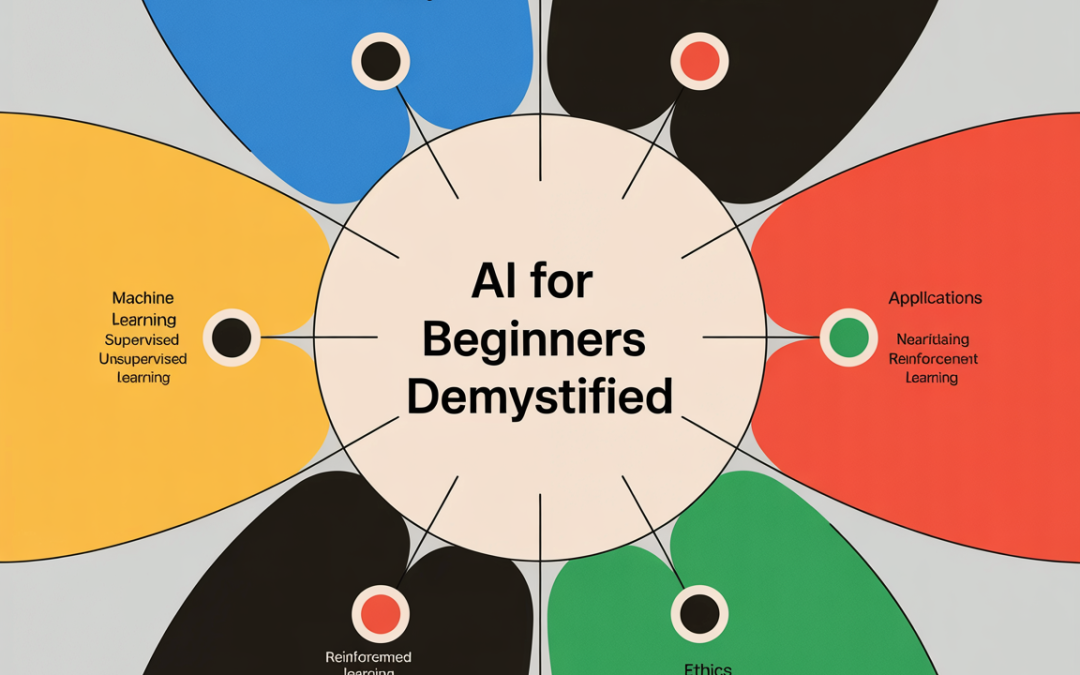

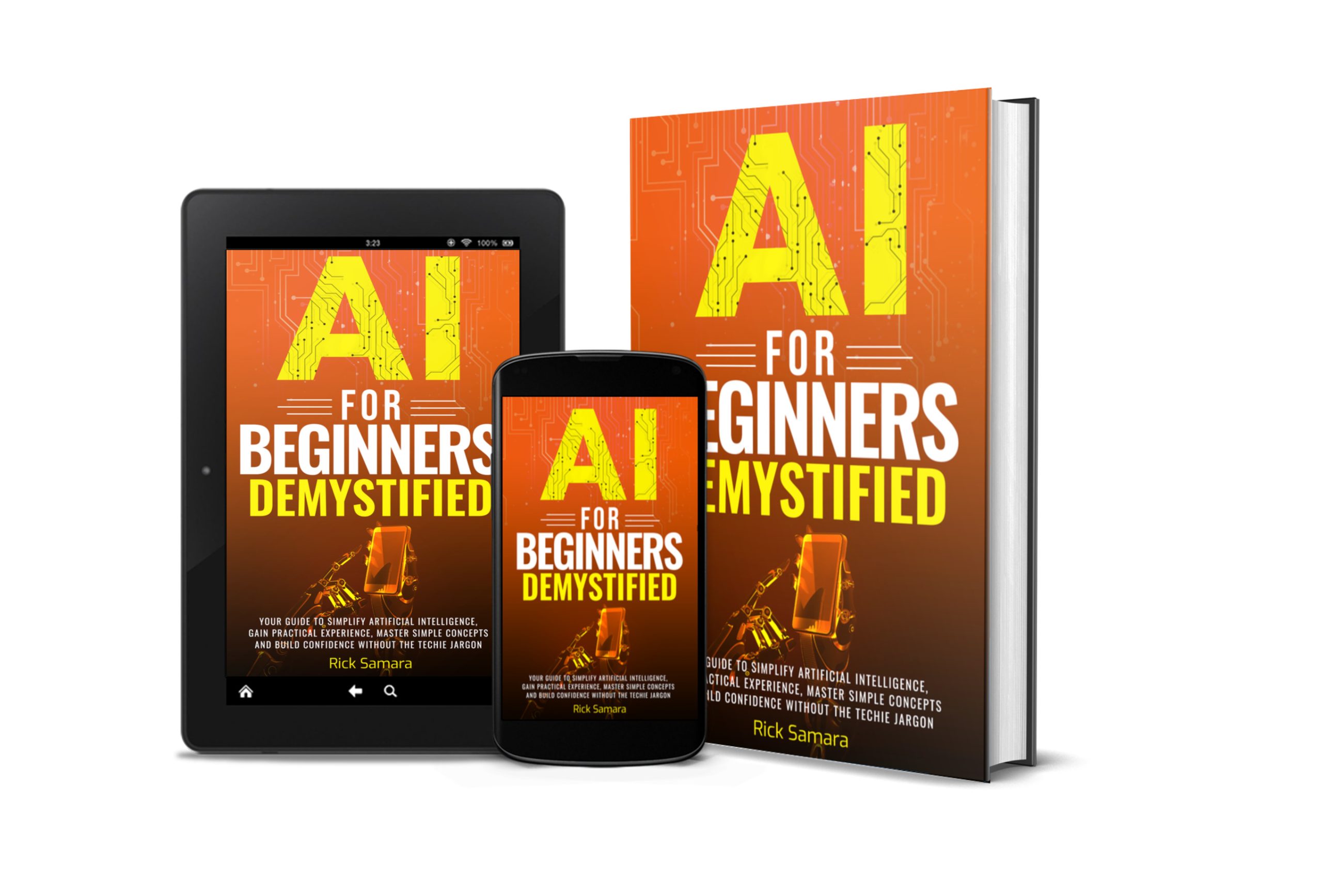
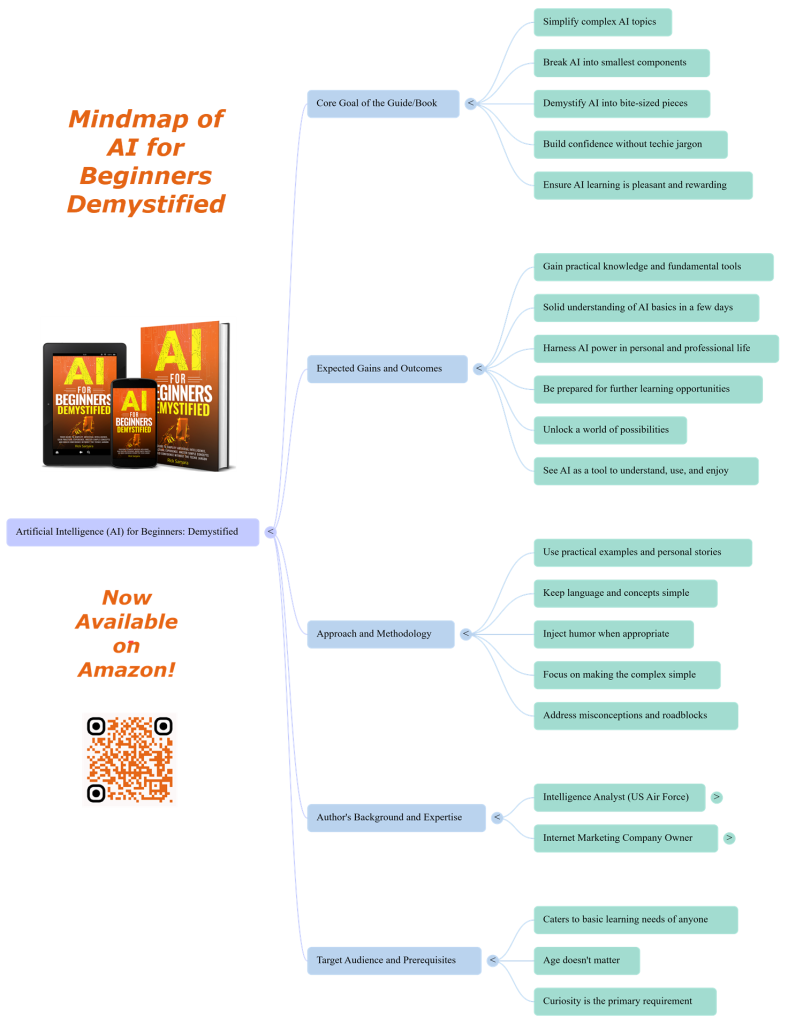

 Let’s get one thing straight: AI isn’t coming for all jobs. But it is coming for the routine ones. This article will examine those careers that are resilient to AI. If you’re a young professional entering or already navigating the workforce, you’re probably wondering how to stay relevant while AI tools keep getting smarter, faster, and cheaper. Here’s the good news: some careers are a lot more AI-resilient than others. The key is understanding the qualities that make them that way—and using that insight to shape your next career move.
Let’s get one thing straight: AI isn’t coming for all jobs. But it is coming for the routine ones. This article will examine those careers that are resilient to AI. If you’re a young professional entering or already navigating the workforce, you’re probably wondering how to stay relevant while AI tools keep getting smarter, faster, and cheaper. Here’s the good news: some careers are a lot more AI-resilient than others. The key is understanding the qualities that make them that way—and using that insight to shape your next career move.
 7. Trust and Reputation Matter More Than Ever
7. Trust and Reputation Matter More Than Ever
 I never expected this book review of ‘AI for Beginners Demystified’ by Pastor Michael (Myke) Joseph Gowon from Nigeria. We became friends on Facebook in early September. Myke explained that he wanted to learn about AI, but was unable to purchase my book on Amazon. No problem. I sent him an Advance Reader Copy (.pdf). Days later, he sent me his review on Facebook. With a bit of copying and pasting, I’m using it as an article here. Myke is a man of God. I respect that very much. He’s as passionate about his beliefs as I am about AI.
I never expected this book review of ‘AI for Beginners Demystified’ by Pastor Michael (Myke) Joseph Gowon from Nigeria. We became friends on Facebook in early September. Myke explained that he wanted to learn about AI, but was unable to purchase my book on Amazon. No problem. I sent him an Advance Reader Copy (.pdf). Days later, he sent me his review on Facebook. With a bit of copying and pasting, I’m using it as an article here. Myke is a man of God. I respect that very much. He’s as passionate about his beliefs as I am about AI. Michael Joseph Gowon is the author of numerous books. Check this one out! It’s available. You can find
Michael Joseph Gowon is the author of numerous books. Check this one out! It’s available. You can find 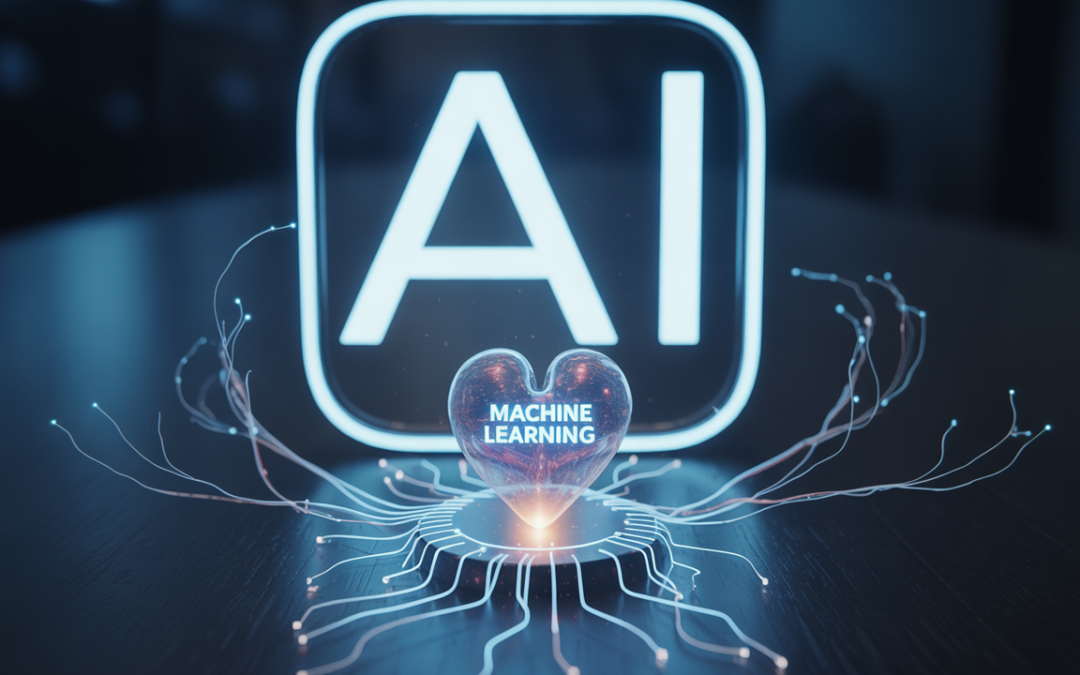
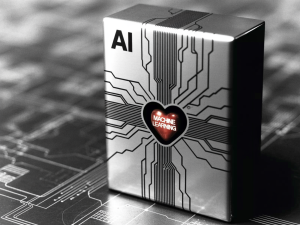 Hey there, AI aficionados! As a die-hard enthusiast of
Hey there, AI aficionados! As a die-hard enthusiast of 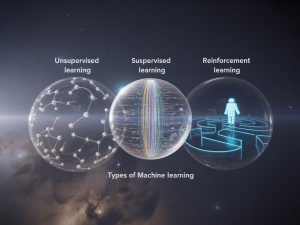
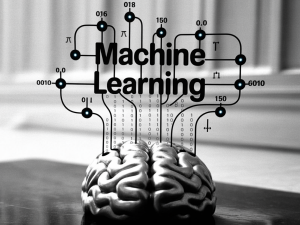

 As an avid enthusiast of artificial intelligence and
As an avid enthusiast of artificial intelligence and  cutting costs by significant margins. Security cameras distinguish between familiar faces, pets, and potential intruders, sending real-time alerts to your phone. Even refrigerators can suggest recipes based on what’s inside, reducing food waste and sparking culinary creativity. These devices make home management effortless and eco-friendly.
cutting costs by significant margins. Security cameras distinguish between familiar faces, pets, and potential intruders, sending real-time alerts to your phone. Even refrigerators can suggest recipes based on what’s inside, reducing food waste and sparking culinary creativity. These devices make home management effortless and eco-friendly. At work, AI is a game-changer, automating routine tasks and amplifying human capabilities.
At work, AI is a game-changer, automating routine tasks and amplifying human capabilities. new smartphones are generative AI-capable, turning devices into intelligent companions that predict needs, enhance interactions, and boost efficiency. As an AI enthusiast, I’m thrilled by how these pocket-sized marvels integrate AI seamlessly into our daily touchpoints—from communication to creativity.
new smartphones are generative AI-capable, turning devices into intelligent companions that predict needs, enhance interactions, and boost efficiency. As an AI enthusiast, I’m thrilled by how these pocket-sized marvels integrate AI seamlessly into our daily touchpoints—from communication to creativity.